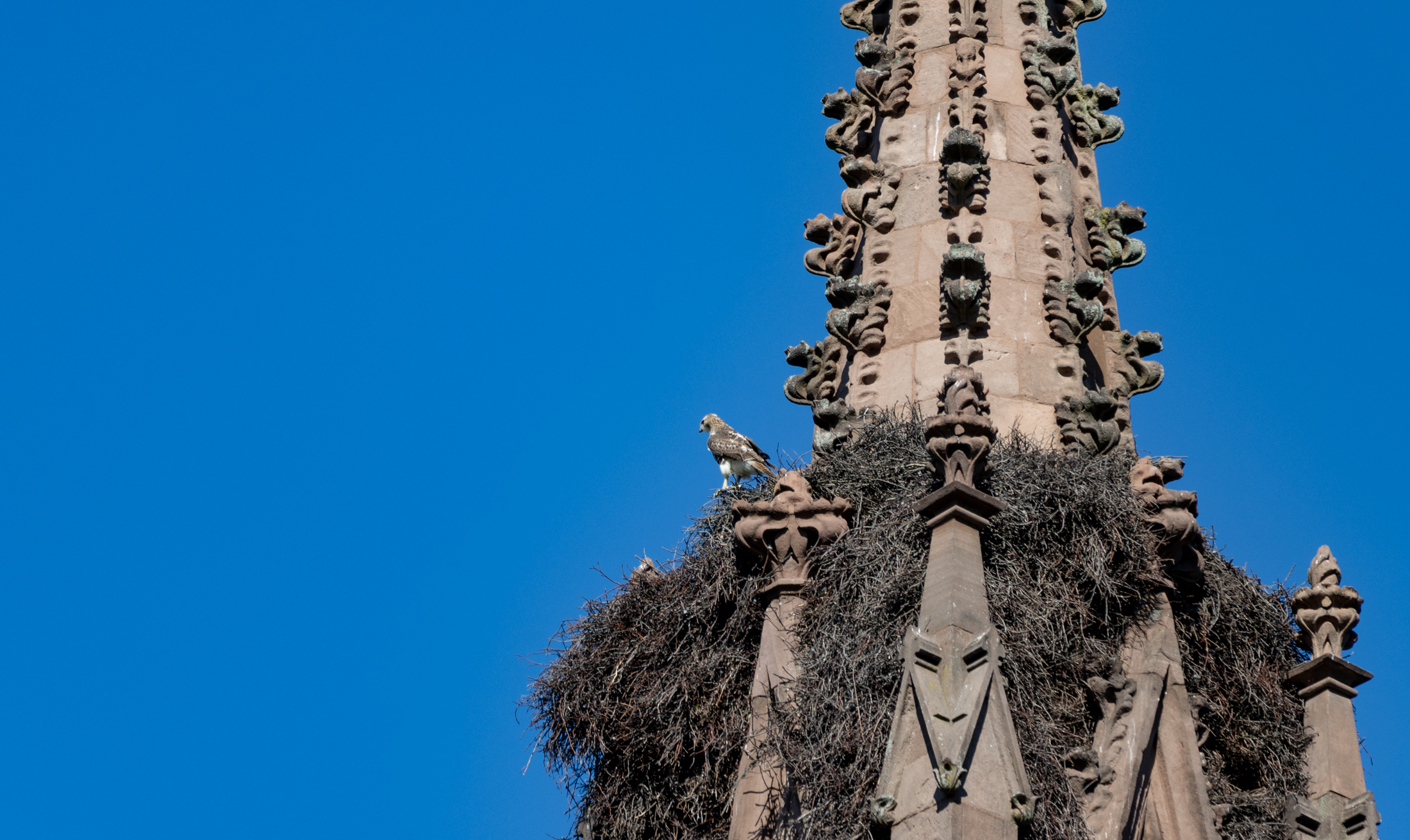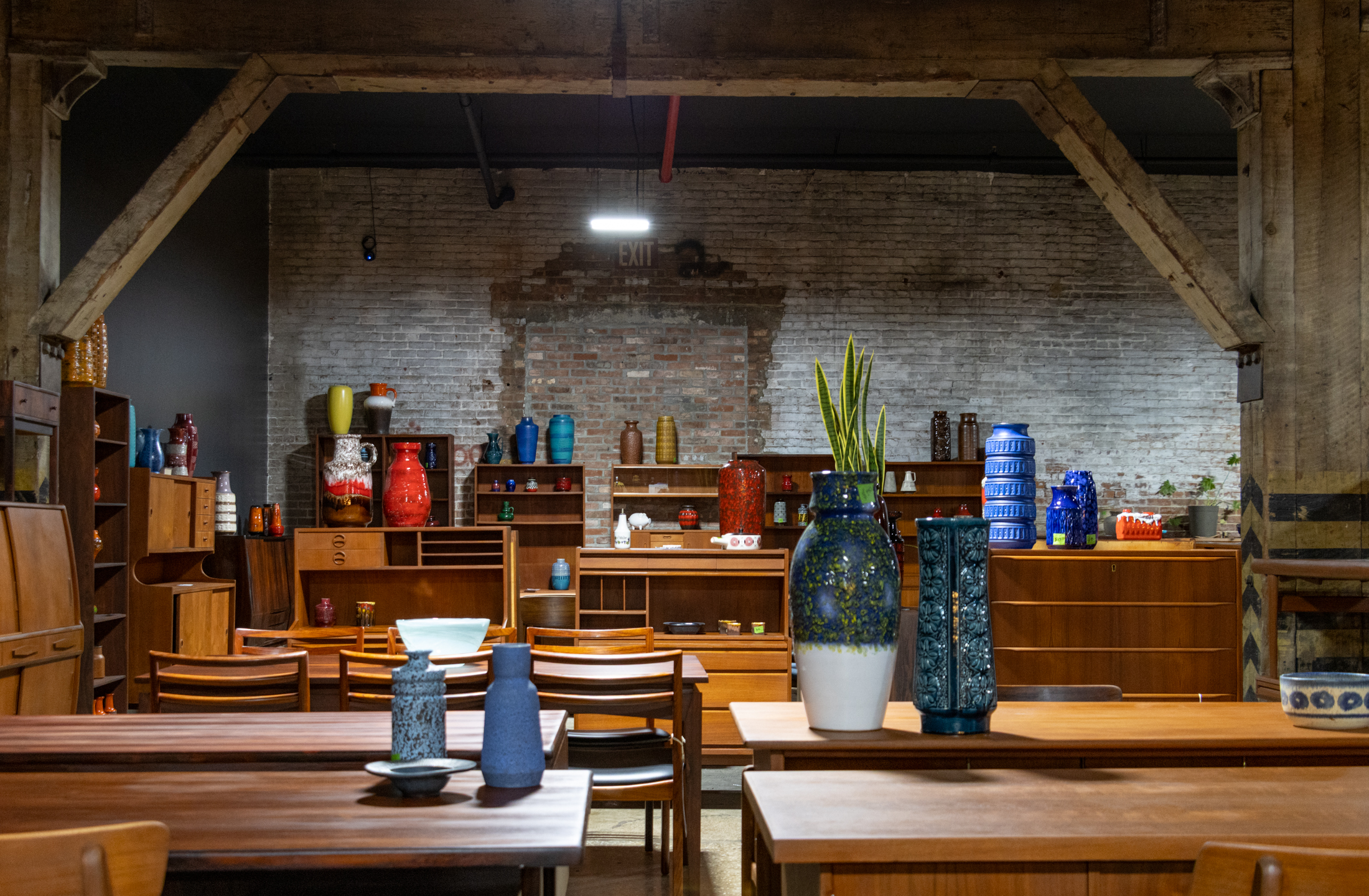Stay of Execution on MacDonough Street
The second hearing about the future of 329 and 331 MacDonough Street, the two Stuyvesant Heights brownstones threatened with demolition after the collapse of a party wall last week, was held yesterday afternoon at 360 Adams Street. Here’s a report we received from a resident of the block: The Judge called in the lawyers and…


The second hearing about the future of 329 and 331 MacDonough Street, the two Stuyvesant Heights brownstones threatened with demolition after the collapse of a party wall last week, was held yesterday afternoon at 360 Adams Street. Here’s a report we received from a resident of the block:
The Judge called in the lawyers and engineers leaving the public in the hall to wonder what was happening. After an hour the public was allowed in and told that the engineers would have until Wednesday Jan. 27th to present a plan to save the properties. Mrs. Prince, the owner of 331 MacDonough St., has retained a lawyer and engineer in the hopes of saving her property. The Judge has told the public that he is aware of their concerns but, the issue will be resolved by the engineers and our presence in court on the 27th will not be necessary.
Meanwhile, we also contact the Landmarks Preservation Commission to get a better sense of their position and ability to act as advocates for preservation in this case. Here’s the response we got:
Members of our staff have visited the site, and are communicating extensively with the Department of Buildings about these important buildings. Under the Landmarks Law, no Landmarks approval is needed for measures the Department of Buildings must take to address public safety issues. We are advocating for saving as much of the buildings as is safely possible, while deferring to the Department’s engineering knowledge and experience in public safety matters. Landmarks and Buildings have a long history of working together to save historic buildings, and this case is no exception.
We’re also curious to hear how active a role (if any) Councilman Al Vann, who owns a house on the historic block, has taken in the situation. Can anyone tell us?
MacDonough Street Update 1/25/10 [Brownstoner]
Wall Collapse, Vacate Order, Maybe Demo on MacDonough [Brownstoner]





“Here is some interesting reading. But, what do I know.”
almost nothing
Here is some interesting reading. But, what do I know.
http://www.oldlouisville.com/circa1900/brick-structures.htm
I am saying exactly what I said. Buildings built with portland cement in their mortar will not suffer the mortar decay that building built with lime, sand, water mortar have. Pointing that may need to be done is a result of weather conditions and not mortar failure. When renovating my 1880 brick building I consulted preservationist that have restored 900 year old castles in England and a family of masons in Philly that restore brick buildings from late 1700’s. What is your experience with brick and mortar?
pig 3 – time has already judged – all masonry requires pointing – brownstones, pre-war, post-war, fedders – whatever – there is no question about this….are you debating the need for pointing in post 1920 construction?
I only pick on this point because if you are making this assertion, it reveals how little you actually know (anyone who has ever lived, owned, rented, worked or practically walked by any masonry construction, knows that periodic pointing is a necessity.)
time will be the judge.
…and therefore don’t need pointing?? Is that what you are saying? Cause if thats what you are saying then you definitely dont know what you are a talking about.
Seems as this one can go on and on.
I have just have one point about pointing. The reason for this is the mortar in older brick buildings had no portland cement. It was just basically a mix of lime, sand and water. Buildings built around 1920 or after should not suffer the mortar decay problems of earlier buildings.
“If we are talking about structural strength of a townhouse, why is useful life not a factor. ”
Because we the discussion was about structural collapse (see picture above) due to the undermining of a major component – in this case the foundation…..which I contend would not have occurred had a similar undermining occurred in a modern frame building.
As for useful life – yes stone will outlast steel – so what – the issue isnt whether the stone itself will last but rather whether the STRUCTURE will last.
Absent natural disaster or extreme conditions, a stone building will last forever with extensive maintenance (any brick/stone/steel/wood building will be undermined by water and time – thats why you have to periodically point any brick building for example)…but with maintenance so will your ugliest fedders…..the question posed here is stability and strength.
and frankly the whole “lasting longer” debate is stupid anyway cause absent natural disaster or other extreme or calamitous condition -if you are assuming no maintenance; A pitched roof building made of almost anything will “outlast” a flat roof building made up of stone, steel or any other building material.
Yet there were no mass collapses in previous earthquakes, am I right? Am i wrong in assuming that the reason the steel frame buildings have a better chance at survival is because they have some degree of sway? Or is there some other reason?